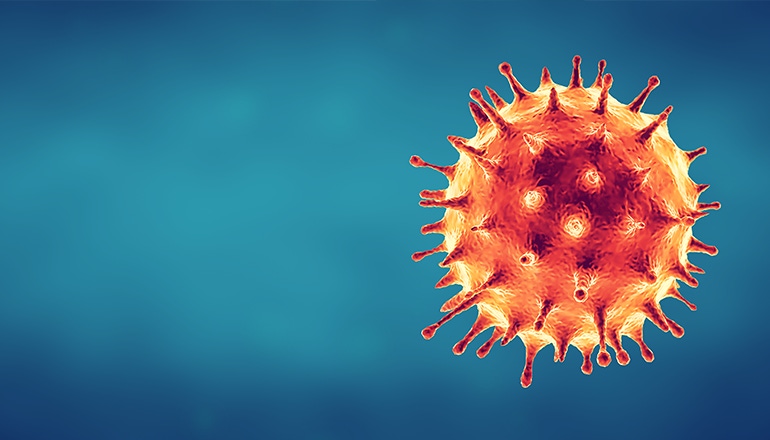Calculator available on USDA website to estimate anticipated payout from CARES Act and CCC funds.

Tuesday marked the first day of signup for the Coronavirus Food Assistance Program (CFAP), the direct payments for producers funded by Congress and implemented by the U.S. Department of Agriculture.
With the official signup underway from May 26 until Aug. 28, 2020, the Farm Service Agency (FSA) also launched a CFAP Payment Calculator to help producers estimate their payments anticipated from the program. This Excel workbook allows producers to input information specific to their operation to determine estimated payments and populate the application form.
Producers who are interested in filling out the application manually can also download the application form, AD-3114. If more space is needed, USDA suggested using the AD-3114A continuation form. In addition to the application form, USDA staff will work with producers to complete portions of the CCC-902 – Farm Operating Plan – if necessary.
David Schemm, executive director of the Kansas FSA state office, said because USDA is retaining 20% of the total $16.5 billion in CFAP funds, he doesn’t anticipate funding running out for the program. “It’s not necessary to run into offices to sign up for fear of funding running out,” Schemm said.
However, the sooner producers sign up, the sooner checks will be issued. Once forms are filled out, checks could be in the mail as soon as one week.
“The sooner a farmer signs up, the sooner this welcome assistance will arrive,” National Milk Producers Federation (NMPF) president and chief executive officer Jim Mulhern said. “NMPF is ready to help dairy producers, answering questions and offering materials online even as we continue working with USDA and members of Congress to smooth out details and discuss additional aid.”
Who qualifies?
Most row-crop farmers are eligible for CFAP payments if they can demonstrate that they suffered at least a 5% price loss as a result of the COVID-19 pandemic. This includes barley, corn, soybeans, cotton, oats and wheat. For a complete list of all row crops eligible for CFAP relief, click here.
Unpriced inventory is defined as “any production that is not subject to an agreed-upon price in the future through a forward contract, agreement or similar binding agreement.” Todd Barrows, Kansas FSA state program specialist, explained that if inventory on hand is still subject to price risk, then it is counted as inventory. This could include basis contracts and hedge-to-arrive contracts that still pose price risk to the producer. Sileage is also included and would be converted to a grain basis for payments, he added.
Cattle, hog and sheep producers are eligible to receive CFAP payments if they can demonstrate that they have suffered at least a 5% price decline as a result of the pandemic and face additional costs in marketing their livestock due to unexpected surplus and disrupted markets. However, livestock producers who raise animals under contract are only eligible if their contract allows them to share in the production risk. For more information on livestock payments, click here.
All dairy producers who had any production this year are eligible for CFAP, including those who were forced to dump milk because of disrupted supply chains. The prices USDA will use to calculate payments will be based on conventional dairy prices and do not reflect any organic or local price premiums. A quick primer on dairy elements specific to the program the program is also available here. For more information on dairy payments, click here.
While most farmers will produce at least some crops or animals that are eligible, there are some notable omissions – including poultry and eggs, as well as hemp and winter wheat. For a list of ineligible commodities, click here.
USDA is currently seeking feedback on what additional commodities should be eligible for CFAP relief. While it’s likely that USDA will expand assistance to also include aquaculture and nursery crops, it remains to be seen whether they will allow for additional commodities based on price and market differentiation (e.g., local apples, organic broccoli, grass-fed beef, etc). For more information on the opportunity to provide input to USDA on what additional commodities should be included, see the CFAP Notice of Funding Availability.
Additional resources
Universities have offered some beneficial overviews of CFAP. Specifically, Kansas State University agricultural economist Robin Reid and leaders from the FSA Kansas state office provided understanding and help for producers needing to know about the provisions of the just-announced CFAP program in a webinar on May 22. To find a replay of the video, click here.
Gary Schnitkey, Nick Paulson and Jonathan Coppess from the University of Illinois farmdoc team provided updates May 26 on the most recent issues in the wake of the coronavirus pandemic, including the state of play on various policies for assistance in response. The discussion included potential impacts on commodity markets from the fallout around biofuel production, livestock feed demand and exports, as well as a review of current legislative and USDA policies and the potential impacts. To view the hour-long discussion, click here.
About the Author(s)
You May Also Like




.png?width=300&auto=webp&quality=80&disable=upscale)
